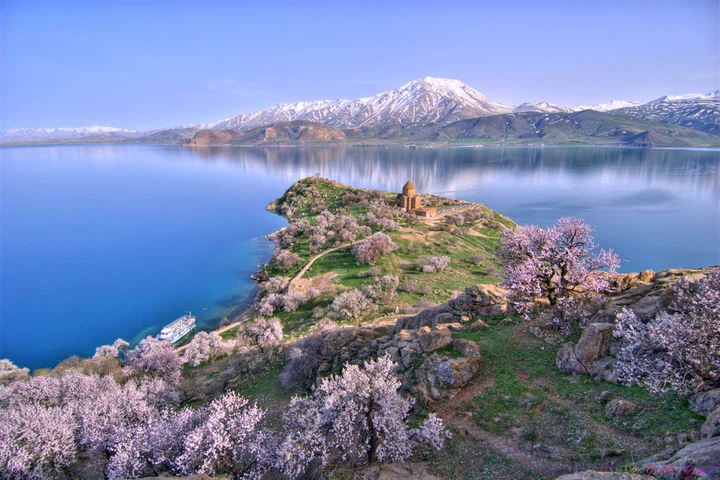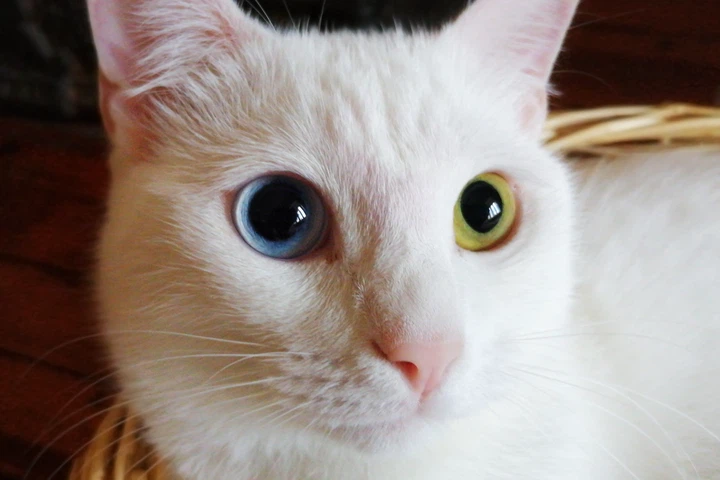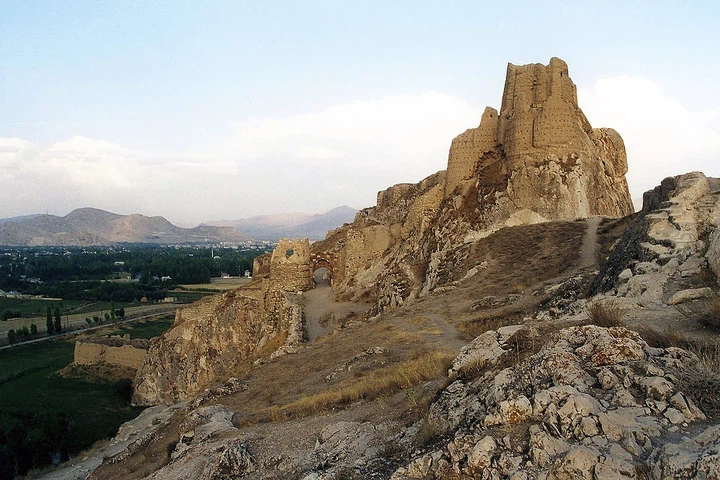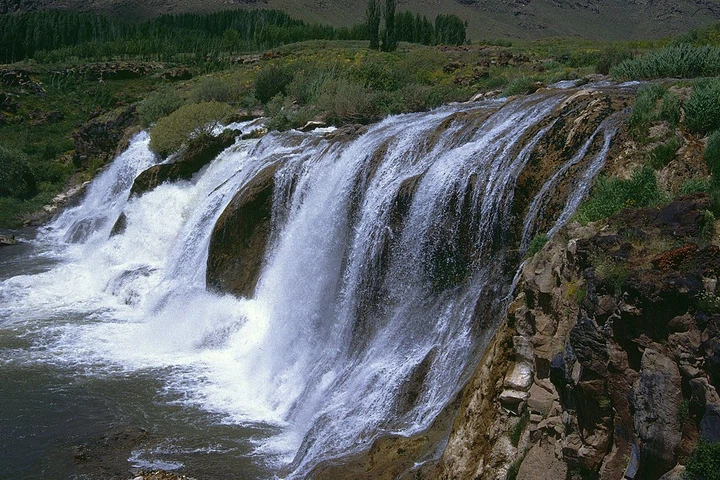- Home
- Flight Ticket
- Van Flight Ticket
Van
Van City Guide

This city, which can be easily reached with a Van flight ticket, hosted the Urartians, one of the 300-year-old Anatolian civilizations. Van is a wonderful city with its fertile lands, rivers and climate suitable for life. There are different rumors about what the name of the city is based on.
The first of these is that according to the information obtained in Evliya Çelebi's travel book, Alexander the Great gave the name of the city to a place called Vank in the Van Castle. In another rumor, a governor named Semiramis, one of the Assyrian queens, was named after him because of his interest in the development of the city.
How Many Days Do You Need To Visit Van?
The answer to the question of how many days are needed to visit Van is 4 days. This time will be enough to fully explore the city, taste its delicacies and enjoy its cultural attractions. By extending this period even more, you can explore the city of Van in all its aspects.

When to go to Van?
Along with the question of how many days are needed to visit Van, it is also wondered when to go to this city. The continental climate is dominant in the city. Winter months are very cold and harsh. For this reason, the most enjoyable period is between April and May.
Transportation to Van
Those who wonder how to get to Van, which is located in the Eastern Anatolia region, can use the highway, airway and railway. Van Ferit Melen Airport, located in the city, can be easily used by purchasing a flight ticket. You can easily go to the center of Van or the surrounding districts with the service vehicles available here. Many airlines fly here. It is also possible to go to Van by bus.
Places to Visit in Van
Van, one of the most valuable provinces of the Eastern Anatolia region, has many wonderful places for visitors with its winter tourism, nature and historical places. Thanks to Van flight ticket deals, you can go here and see these wonderful places. Due to the large number of castles and Lake Van located here, the city is called the "City of Castles". Before you go to Van, which has hosted many civilizations, making a detailed list of places to visit in Van will increase the efficiency of your time for sightseeing.

Van Castle
Van Castle, which is very popular among the places to see in Van, was built between 840 and 825 BC, and is 5 km from the city center. Van Castle, which served as the capital of the Urartu State for many years, is one of the iconic structures of the city and was called 'Tuşba' at that time. Inside the castle, Menua and II. Sarduri Stone Tomb, Analı Kız Open Air Temple, Madır Castle (Sardur), Wall Bed, İ. There are cuneiform scripts written in Assyrian language known to belong to Sarduri and beyond. It is a structure located on a steep cliff at the top of Lake Van. It is one of the most beautiful structures of the Urartian city that has been preserved and has survived to the present day.

Van Urartian Museum
The Van Urartian Museum consists of cuneiform artifacts found in excavations in the region where the Urartian state built castles, palaces, aqueducts and dams. The works here are exhibited in the Urartian Museum. This museum, which consists of 16 different galleries, offers its visitors artifacts from different periods.
It can be said that the museum clearly reflects the culture, history and life of the Urartian state. In addition, there are documents, photographs and models of historical importance in the museum. Apart from the exhibition hall, there are places such as an amphitheater, museum display unit, children's workshop, temporary exhibition section and jewelry workshop. You can visit the Van Urartu Museum by taking a look at Ferit Melen Airport flight ticket deals.
Cumhuriyet Street
Cumhuriyet Street, located in the İpekyolu district of Van, is the busiest street in the city. On its right and left, there are shops, boutiques, jewelers, hotels and pharmacies. It is a place that can be preferred especially for those who want to take a walk on a cool summer evening. Here you can meet all your needs. Right next to Cumhuriyet Street, you can walk on the road leading to the city, use the park on the road to relax, and visit the Art Street next to the road. You can also go to the shopping center on the opposite side of the street, and have a meal at its restaurants and cafes.
Van Museum
The Van Museum was transformed from a warehouse in 1932 as a result of the work of the Director of National Education, Mustafa Noyan, who was on duty in Van. As a result of the excavations carried out in the area, cuneiform writings belonging to Akkoyunlu and Karakoyunlu, tombstones with ram pictures, and Urartian victory steles were collected in this warehouse. As the number of works increased, they did not fit into the warehouse, and the Van Museum management was established in 1972 in order to better protect the works and exhibit them to the public.
The sections of the museum;
Van treasury; It consists of two separate floors and there are artifacts obtained as a result of archaeological excavations on the first floor and ethnographic artifacts on the second floor.
Museum garden; There are victory steles, inscriptions and reliefs created with cuneiform from the Urartian period, ram and sheep tombstones belonging to Akkoyunlu and Karakoyunlu people, and a large collection of stones of Seljuk importance.
Archaeological artifacts room; There are prehistoric finds including obsidian tools and bones from the Tilkitepe and Kızdamı regions, as well as Urartian pottery and artifacts. In addition, finds from the Karagündüz necropolis excavations found in Çavuştepe, Toprakkale, Van Castle, Anzaf Castle, Ayanis Castle excavations, pottery, bronze helmet, sword, belt, kitchenware and wall mosaics are exhibited here.
Cave paintings from the Neolithic period of the Tirişin Plateau, some cuneiform writings from the Urartian period, stone coffins brought from the Seljuk Turkish cemeteries in Gevaş are exhibited in the courtyard called the Stone Works Room.
Carpets of Van and Hakkari regions, silver belts, bracelets, caps, earrings, necklaces, tobacco layers, copper rosaries, mouthpieces and kitchen utensils are exhibited in the Ethnographic Works Room. Among other things exhibited here are manuscripts of Qurans, literary works, oriental corner.
The Armenian massacre in Van is depicted in the entrance section of the ethnographic artifacts gallery. There are also books published in Turkish and other languages describing the remains of the Zeve massacre and the Armenian massacre.

Muradiye Waterfall
The name of the waterfall was named after the Ottoman Sultan IV. It comes from Murat. The height of the waterfall is 50 m. Tendürek Mountain is the water source and has a very strong current. It gives visitors a visual feast with its nature. It is very easy to reach here from the city center of Van. You should definitely include this place in your travel plan, you can take great photos.

Akdamar Island
Among the places to see in Van is Akdamar Island. The name of the island comes from a love story. Once upon a time, an Armenian monk who lived here had a daughter of legendary beauty named Tamar. One day, the local shepherd saw Tamar and fell in love with her. Every night Tamar used a lantern to mark her place on the island, and the shepherd would swim up to it.
One stormy night, Tamar's father, knowing and disapproving of the relationship between the two, walked from one end of the island to the other, holding a lantern in order to divert the direction of the shepherd who wanted to come to Tamar. The shepherd, who could not stand the waves that raged because of the storm, shouted "Ah Tamar" and died by drowning. Hearing the shepherd's death, Tamar committed suicide by leaving herself in the cool waters of the lake. As the language developed over time, Ah Tamar became 'Akdamar'. You can easily come by boat from the center of Van to see this enchanting island.
